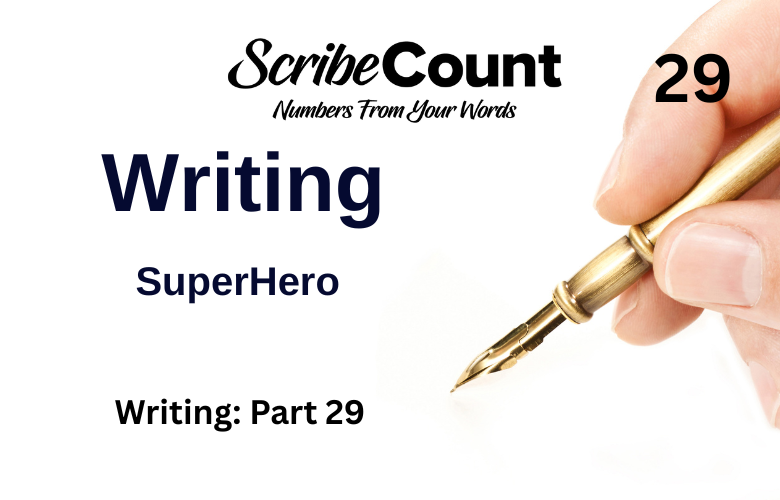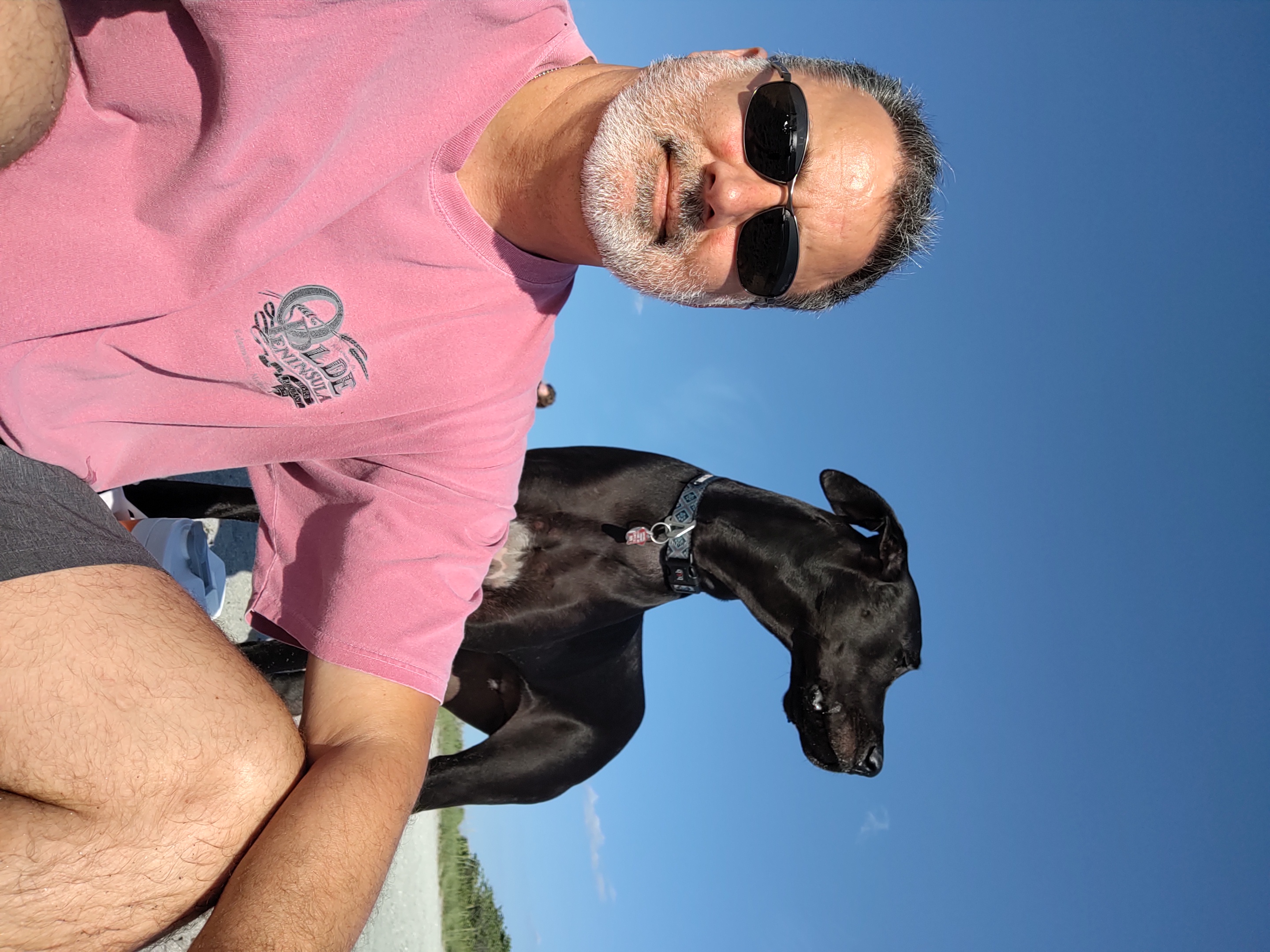Superhero Fiction for Indie Authors: How to Write an Epic Tale of Superpowered Heroes
Superhero fiction is one of the most exciting and dynamic genres in contemporary literature. From comic books to movies, superheroes have become central figures in pop culture, but there’s still plenty of room for new voices and fresh stories. Writing a superhero novel offers the unique opportunity to create characters with extraordinary abilities, tackle epic battles between good and evil, and explore complex themes of power, responsibility, and identity.
As an indie author, writing a superhero novel allows you to combine adventure, drama, and philosophical exploration within a framework that’s both fun and thought-provoking. Whether your hero is facing off against a villain, struggling with their own moral dilemmas, or uncovering the secrets of their origins, the key is to make the superhero’s journey resonate with readers on a deep, emotional level. This guide will help you craft a compelling superhero narrative, from building your world and powers to developing unforgettable characters and dramatic plots.
What Makes a Superhero Novel?
A superhero novel is defined by its focus on characters who possess extraordinary abilities and use them to confront challenges, fight villains, or protect the world. These characters may have powers such as super strength, flight, telekinesis, or enhanced intelligence, or they may possess advanced technology or mystical abilities. The defining trait of a superhero is their use of these powers to make the world a better place, even if the path to doing so isn’t always clear or easy.
One key aspect of superhero fiction is the origin story. Most superheroes have a compelling backstory that explains how they acquired their powers, what motivates them to fight for justice, and how their abilities affect their lives. These origin stories are essential in creating characters that readers can connect with and root for. Whether the hero gained their powers through an accident, a scientific experiment, or a supernatural event, the origin story helps define the superhero’s identity and their mission.
Another hallmark of superhero novels is the conflict between good and evil. This conflict often takes the form of the superhero versus a villain, but it can also include internal struggles. The superhero must often balance their personal life with their duties, facing challenges that test their morals, relationships, and sense of identity. The villain, often the mirror image of the hero, provides the external conflict that drives the plot forward.
The superpower system in a superhero novel is also critical. Readers expect clear rules about how the powers work, whether the abilities have limitations, or whether there are consequences for using them. The more consistent and well-developed the power system, the more immersive the story will be. Powers should serve the narrative, providing both opportunities and obstacles for the hero to overcome.
Finally, themes of responsibility and identity are central to most superhero stories. The question of how a superhero manages their powers, and the responsibility that comes with those powers, is often a driving force in the plot. The superhero’s struggle to maintain a balance between their personal life and their role as a hero adds emotional depth and relatability to the story.
The Popularity of Superhero Fiction
Superhero fiction has seen a resurgence in recent years, largely thanks to the massive success of comic book adaptations into blockbuster movies and television shows. The Marvel Cinematic Universe (MCU), DC Universe, and countless other superhero-themed media have captivated audiences around the world. However, the superhero genre isn’t confined to the silver screen. Books like The Heroes by Joe Abercrombie (available on Amazon) and Vicious by V.E. Schwab (available on Apple Books) have brought the superhero genre into literature, offering a more complex and nuanced approach to the familiar tales of heroism.
For indie authors, the popularity of superhero fiction presents an exciting opportunity to create unique characters and explore new twists on the genre. Readers are eager for fresh stories, particularly those that blend traditional superhero tropes with deeper themes or more complex character development. Whether you’re writing about a traditional superhero saving the world or a more morally ambiguous antihero, the genre offers ample room for innovation.
Reader Expectations for Superhero Fiction
When readers pick up a superhero novel, they expect a story that is filled with action, adventure, and high stakes. However, they also want characters they can care about, moral dilemmas that make them think, and relationships that feel real, even if the world they inhabit is fantastical.
First and foremost, readers expect strong, well-developed characters. The hero must be someone the reader can root for—someone who is relatable, even if they have superhuman abilities. Whether the hero is driven by a need for justice, personal vengeance, or a sense of duty, their motivations should be clear, compelling, and understandable. The hero’s emotional journey, including their struggles with their identity, powers, and relationships, is just as important as the physical battles they face.
Another key expectation is well-defined powers and abilities. Readers want to know how the powers work, what limitations the hero faces, and how the abilities impact the story. The superhero’s powers should be more than just flashy abilities—they should be tied to the character’s growth and the plot’s progression. The stakes of the story are often linked to how the hero uses or struggles with their powers.
Suspense and tension are also central to superhero stories. Whether the hero is facing off against a powerful villain, dealing with a personal crisis, or navigating the moral complexities of their role, readers expect the tension to build throughout the story. The conflict should escalate, pushing the hero toward their ultimate showdown or decision.
Lastly, readers expect a satisfying resolution. While superhero novels don’t always have to have a perfect ending, readers expect that the major conflicts will be resolved in a way that feels earned and true to the characters. Whether the hero triumphs or is forced to make a difficult sacrifice, the resolution should provide closure while also leaving room for future adventures.
Common Tropes in Superhero Novels
Superhero fiction is rich with familiar tropes, many of which have become iconic in the genre. Here are some of the most common tropes in superhero novels:
- The Origin Story: Almost every superhero has a unique origin story that explains how they acquired their powers and what drives them to fight for justice. Spider-Man and Batman are classic examples of superheroes with iconic origin stories.
- The Villain: A formidable villain often provides the central conflict in superhero novels. These villains may possess powers that rival those of the hero or represent a personal challenge for the protagonist.
- The Hero’s Journey: The protagonist undergoes a transformation throughout the story, learning to harness their powers, confront their fears, and embrace their destiny. This trope is common in both traditional superhero stories and more complex, antihero-driven narratives.
- The Secret Identity: Many superheroes, like Superman and The Flash, hide their true identities to protect their loved ones or maintain a sense of normalcy. This dual identity often creates dramatic tension as the hero balances their superhero responsibilities with their personal life.
- The Sidekick: A loyal companion who assists the hero in their journey, often providing comic relief or emotional support. The sidekick can also serve as a foil to the hero, highlighting their strengths and weaknesses.
- The Love Interest: A romantic subplot is common in superhero stories, often between the hero and someone who may not know their true identity. This adds emotional depth to the narrative and creates additional tension.
- The Redemption Arc: Many superheroes, especially antiheroes, undergo a redemption arc, where they must grapple with past mistakes, moral dilemmas, or internal conflicts before embracing their role as a hero.
Structuring Your Superhero Novel: The Plot Map
Here’s a simple plot map you can follow when planning your superhero novel, ensuring the character development, powers, and conflicts build in a compelling way:
- Normal World: Introduce your protagonist in their everyday life. This is where the reader learns about their background, personality, and perhaps the first hint of their powers.
- Inciting Incident: The protagonist discovers their powers or faces a crisis that forces them to take on the role of a superhero. This moment pushes them out of their ordinary life and into the action.
- Rising Action: The hero begins to grapple with their new powers and responsibilities, facing challenges, battling villains, and uncovering secrets. This is where the tension builds, and the hero faces both external and internal conflicts.
- Climax: The hero faces their greatest challenge, often involving a showdown with the villain or a personal reckoning. The stakes are at their highest in this moment.
- Resolution: The story concludes with the resolution of the central conflict. The hero either triumphs or makes a difficult choice that changes their life. The resolution should provide closure while setting the stage for future adventures.
Final Thoughts for Indie Superhero Writers
Writing a superhero novel offers an exciting opportunity to explore themes of power, responsibility, and identity within a framework that combines action, drama, and personal growth. Superhero fiction allows you to create larger-than-life characters who face monumental challenges while also grappling with deep emotional and moral issues. Whether you’re writing about a traditional superhero fighting a villain, an antihero on a redemption journey, or a team of superpowered individuals, the genre offers infinite possibilities for storytelling.
As an indie author, you have the freedom to innovate and bring fresh perspectives to the genre. By focusing on character development, world-building, and meaningful conflict, you can craft a superhero story that resonates with readers while delivering the thrilling action and emotional depth they crave.

